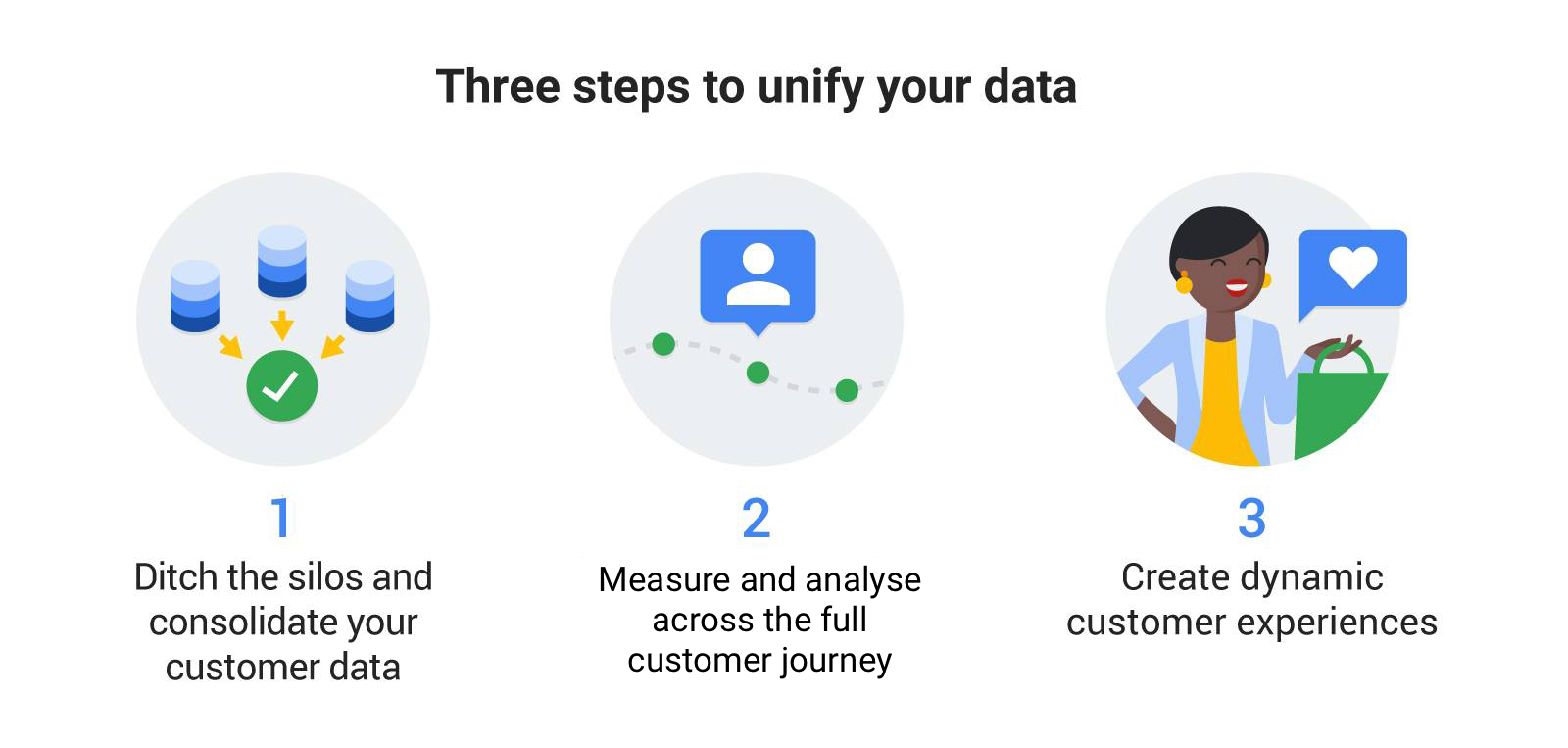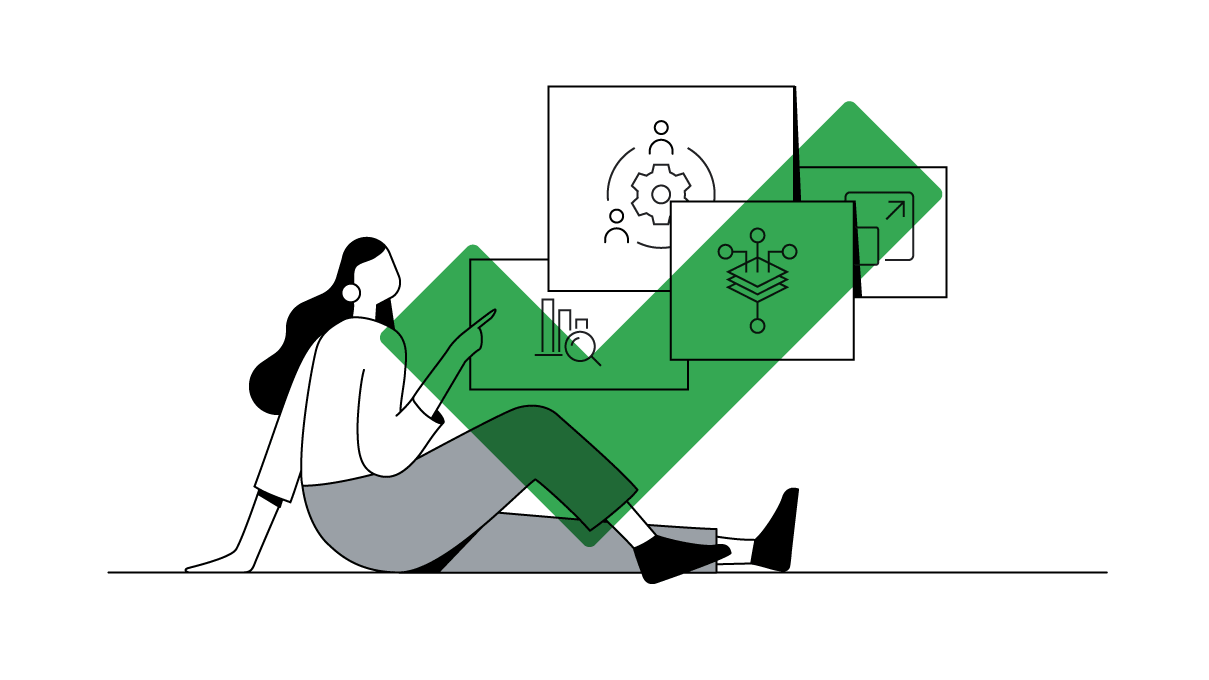In today’s competitive landscape, attracting – and retaining – customers is more challenging than ever. You’ve probably had a fantastic customer before and thought, wow, if only every customer could be like her. Or perhaps you’ve even considered how the differences in customer lifetime value affect your marketing strategy.
That said, analysing customer lifetime value (CLV) can be quite complex, especially given how long converting a lead to a customer can take for many smaller or midmarket businesses. But don’t let this complexity deter you. Here’s how you can ensure your offerings enable loyal customers to add more value for your business.
Unify your data to get a snapshot of your best customers
By best customers, I’m referring to those customers with the highest lifetime value. You probably can describe a few characteristics of your best customers, but how many of these are based on data and are they based on all the data you have at your disposal? If not, unify your customer data by breaking down internal silos, measuring across the full customer journey and creating dynamic customer experiences. If you unified all possible data, it’s time to start developing a customer lifetime value model.

Let your resources inform the complexity of your CLV model
How elaborate should your CLV model be? That depends on the amount of funds and talent that you can devote to it. Once you’ve identified what resources you can commit, you’re in a better position to determine how sophisticated your model can be.
For example, the analytics team at the online education and training company Career Step uses a handful of signals, such as the product’s purchase price, customer demographic information and purchase data, to estimate the value of a new customer 13 months down the road. Career Step executives call this their “Day One” metric and laud its accuracy in predicting individual customer value at a particular point in time, as well as its ability to help executives make early decisions about which customers to invest in.
“Before we understood this metric, we sought to grow customer acquisition by simply dumping more money into advertising,” says Ben Woolley, Career Step’s director of marketing for continuing education. “Now that we understand it, we are able to make decisions that grow the business in a smarter way.”
Companies without Career Steps’ data-analysis resources may employ simpler methods, like using purchase price or lifetime purchase value as proxies. For instance, I saw one company that sells single-family-home upgrades use the dollar amounts of its quotes as a way of determining potential value and prioritisation of its customers.
If you don’t have the resources for more advanced modelling, consider average revenue per customer, average return frequency and how many goods or services customers are seeking from your business. Group these customers into as many buckets as you have the resources to analyse, with the simplest groupings being below-average customers, average customers, and above-average customers. Using the data you have, look for commonalities in the data within each grouping. For prospective customers, analyse how their data compares with these established groupings to predict their lifetime value.
[Your CLV] model alone will not drive business outcomes. What truly matters is how you act on your new data.
If you do have the resources, consider working with a data scientist or agency experienced in developing probability models of buyer behaviour. Regardless of your model’s sophistication, it will take time and effort to develop a meaningful model for your business.
Understand that customer lifetime value is a marathon, not a sprint
Developing your CLV model is the first step toward long-term business sustainability, but the model alone will not drive business outcomes. What truly matters is how you act on your new data.
For example, even with directional data from a basic CLV model, you can start shifting your resources accordingly, spending more on your highest-value customers who warrant more marketing and customer relationship management dollars. In exchange for this shifted investment, you’ll be in a better position to reap greater profitability to drive growth.
Every journey has multiple phases, and the CLV journey is no exception. With each phase, you’ll develop a stronger position as a company. Start by letting your data guide the way to reaching your best customers.







